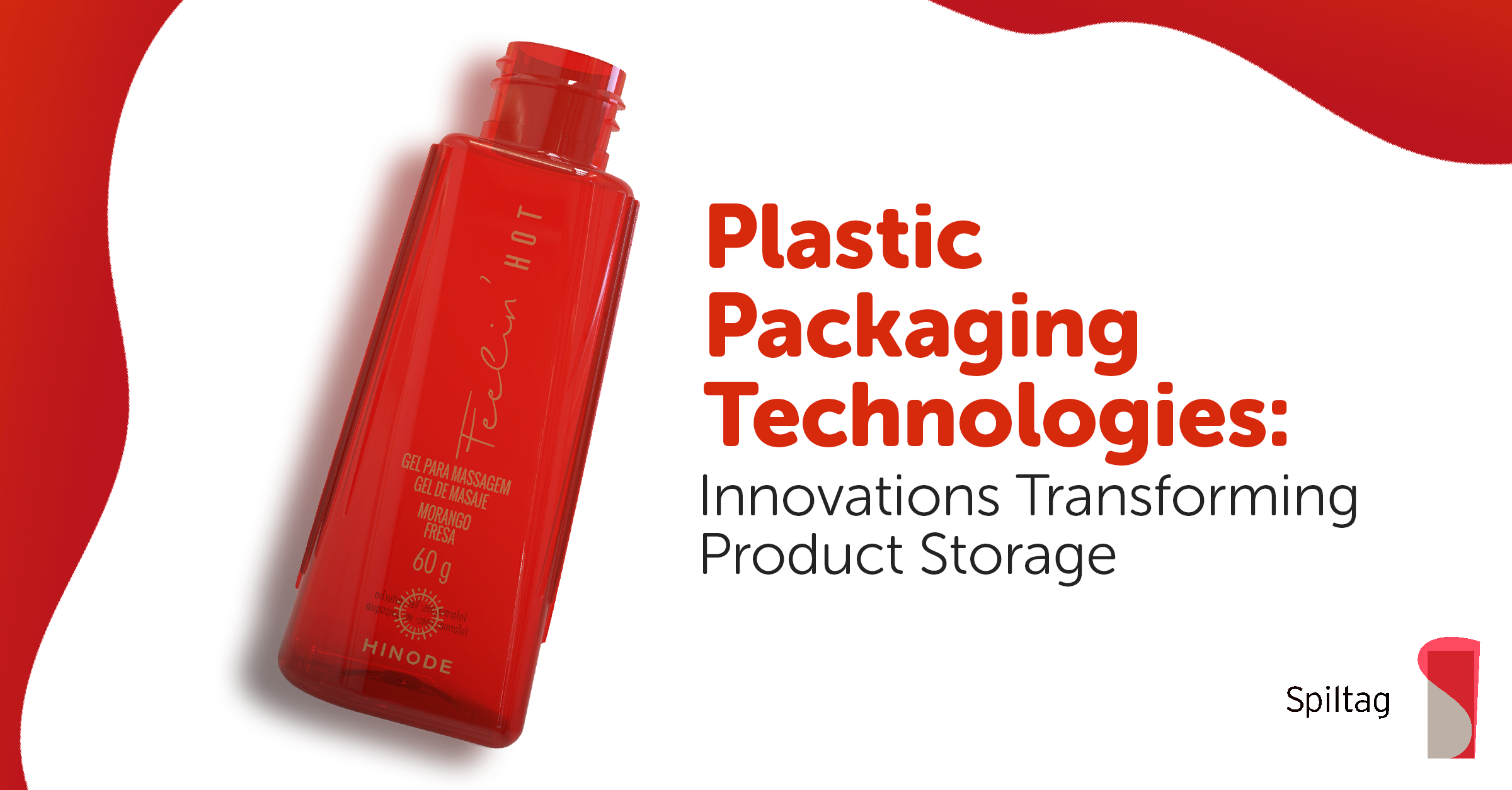
In recent years, plastic packaging technologies have seen remarkable innovations. These developments are not just enhancing product safety and longevity, but they’re also steering towards environmental sustainability. Let’s delve into the latest advancements in this field.
The creation of biodegradable plastics marks a significant stride in plastic packaging technologies. Unlike traditional plastics, these materials break down faster, reducing environmental impact. This technology is crucial for a sustainable future, as it lessens the burden of plastic waste globally.
Smart packaging is a groundbreaking advancement in plastic packaging technologies. Incorporating features like QR codes, RFID tags, and sensors, it improves product tracking, freshness, and security. This technology not only enhances user experience but also streamlines supply chain management.
Nanotechnology has revolutionized plastic packaging technologies, offering remarkable benefits. By manipulating materials at the molecular level, it enhances the barrier properties of plastics. This innovation extends the shelf life of products, ensuring longer freshness and quality.
In the realm of plastic packaging technologies, the trend towards lightweight and flexible packaging is prominent. This shift not only reduces material use and transport costs but also offers convenience to consumers. These packaging solutions are a testament to the industry’s adaptability and consumer-centric approach.
The focus on recyclable and reusable packaging is a significant aspect of modern plastic packaging technologies. By designing packages that can be easily recycled or reused, the industry is moving towards a more circular economy. This approach reduces waste and promotes sustainable consumption.
The advancements in plastic packaging technologies are not just transforming the packaging industry; they’re also shaping a more sustainable future. From biodegradable materials to smart packaging solutions, these innovations are setting new benchmarks in product safety, quality, and environmental responsibility.
Biodegradable plastics are a significant innovation in plastic packaging technologies. Unlike traditional plastics, these materials are designed to break down more quickly, thereby reducing their environmental impact. This technology is vital for a sustainable future as it helps to lessen the global burden of plastic waste. By decomposing faster, biodegradable plastics prevent long-term pollution and are a step towards a more eco-friendly approach in product packaging.
Smart packaging is a revolutionary development in plastic packaging technologies that incorporates features like QR codes, RFID tags, and sensors. These additions improve product tracking, ensure freshness, and enhance security. For consumers, this means a more interactive and informative experience, as they can access detailed product information and track the history of the item. For businesses, it streamlines supply chain management and helps in maintaining the integrity of the product throughout its lifecycle.
Nanotechnology has transformed plastic packaging by manipulating materials at the molecular level. This advancement significantly enhances the barrier properties of plastics, which in turn extends the shelf life of products. By providing better protection against moisture, air, and other external factors, nanotechnology ensures longer freshness and maintains the quality of the packaged goods. This is particularly beneficial in food packaging, where extended shelf life is crucial.
The shift towards lightweight and flexible packaging in plastic packaging technologies is driven by the need to reduce material use and transportation costs, as well as to offer more convenience to consumers. These packaging solutions are not only cost-effective but also user-friendly, making them increasingly popular in various industries. They demonstrate the packaging industry’s adaptability and focus on consumer-centric approaches.
The emphasis on recyclable and reusable packaging is a key aspect of modern plastic packaging technologies. By designing packages that can be easily recycled or reused, the industry is moving towards a more circular economy. This approach significantly reduces waste and promotes sustainable consumption patterns. It ensures that packaging materials are kept in use for as long as possible, thereby minimizing the environmental impact and conserving resources.
Check our linkedin page and our products!